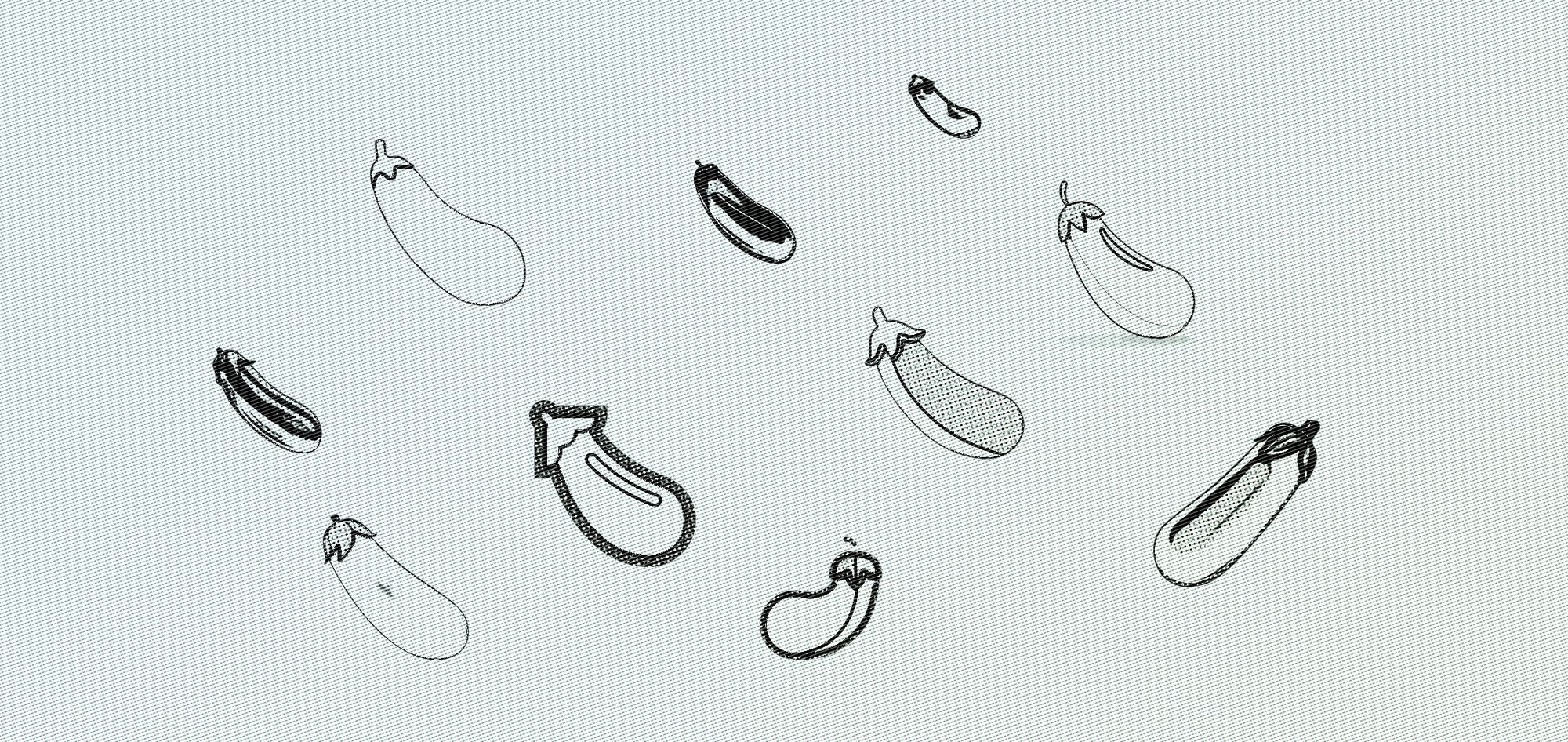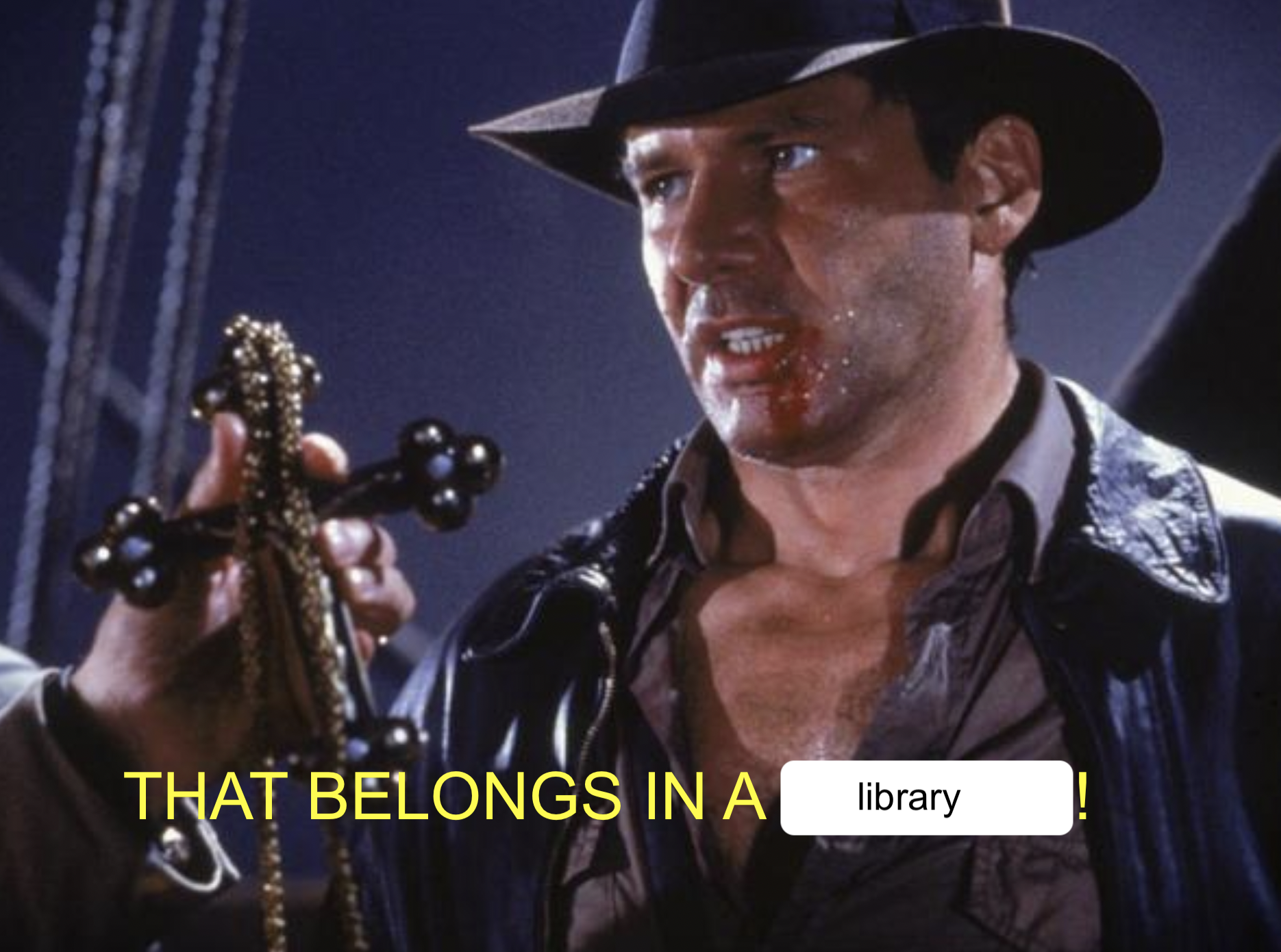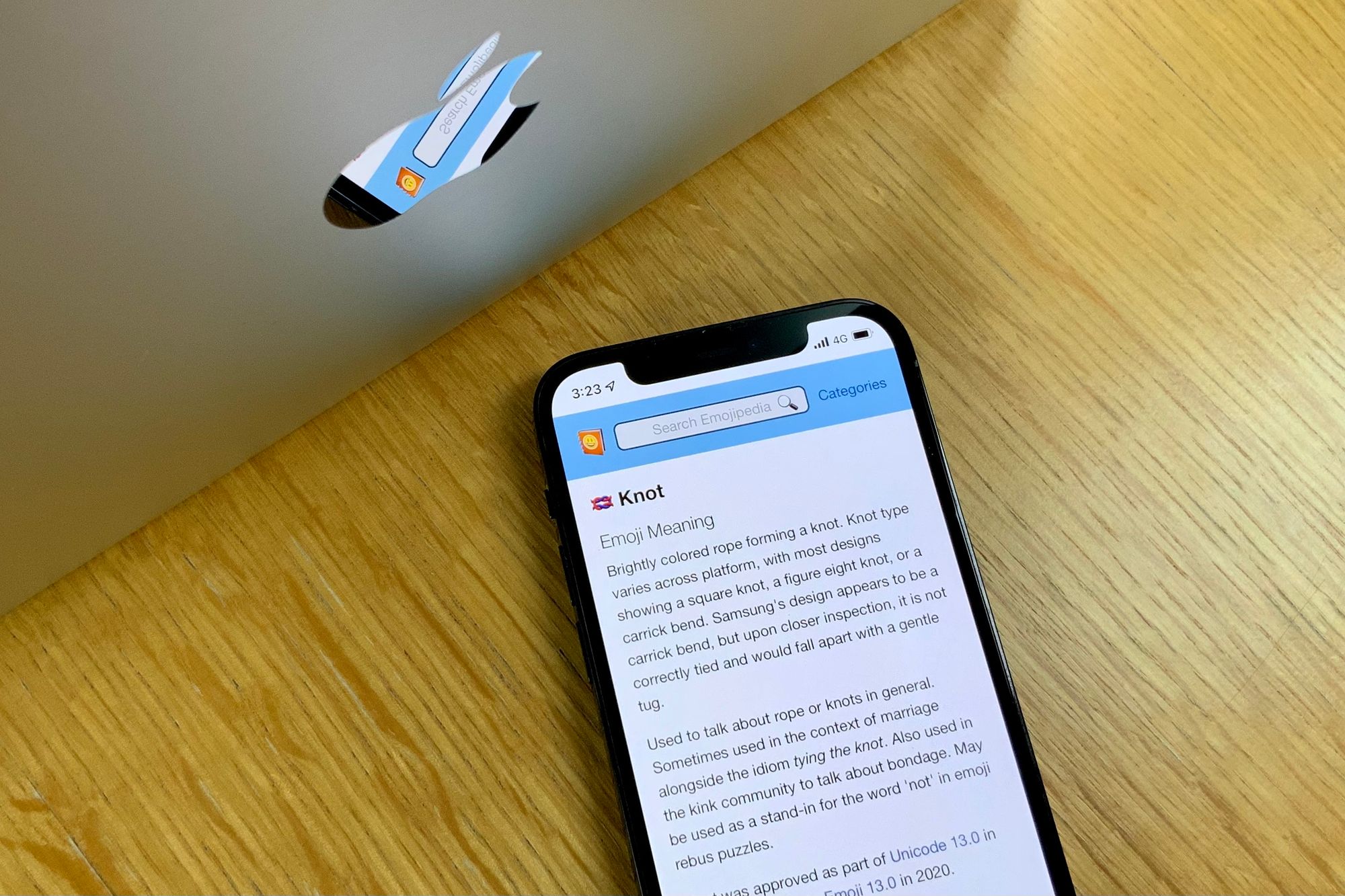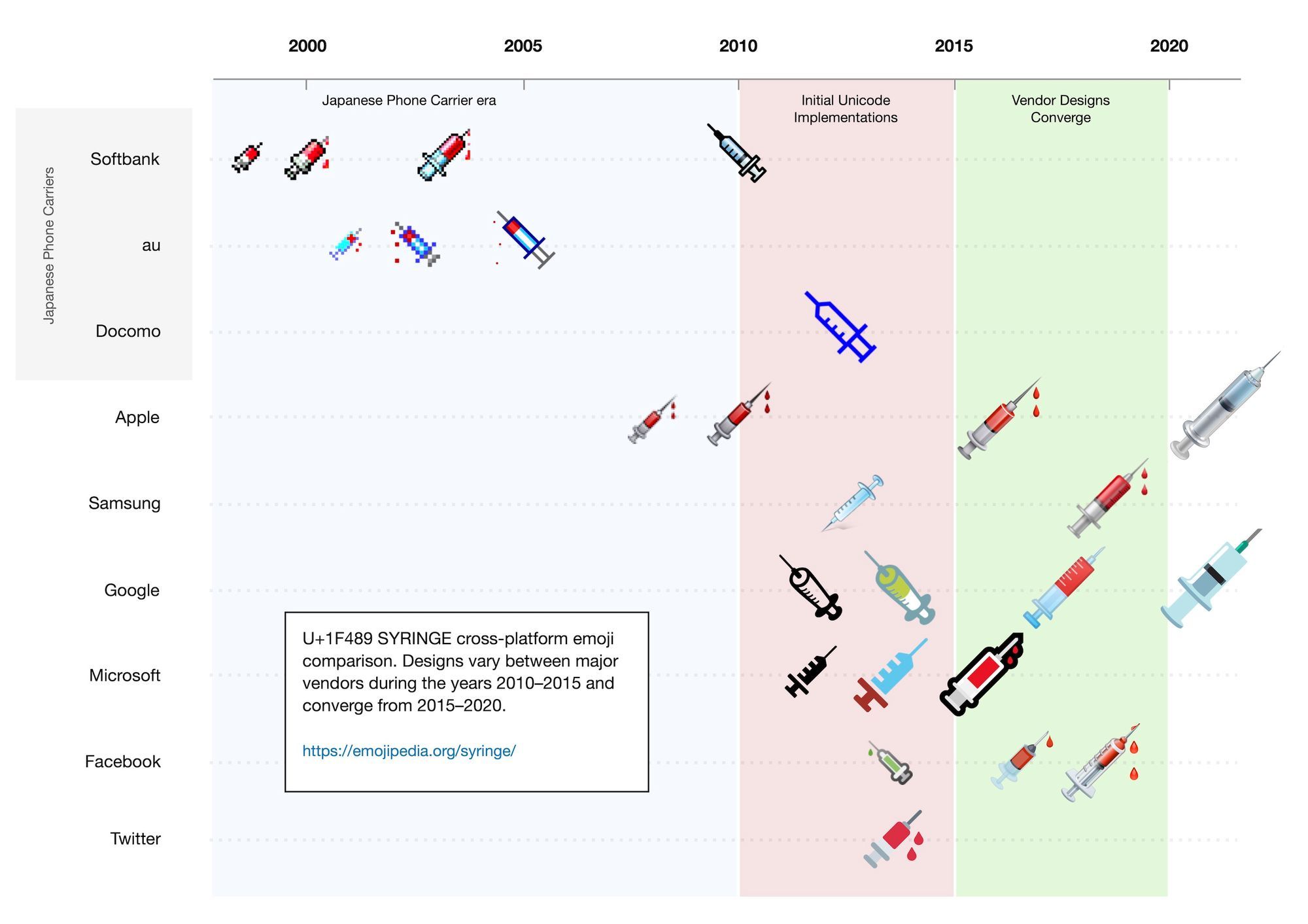Emojis Are Folklore
Why does a site that informs you that 🍆 Eggplant means “penis” belong in a government-funded library?

Why does a site that informs you that 🍆 Eggplant means “penis” belong in a government funded library?
In 2017 the Library of Congress started archiving Emojipedia as part of their new Web Cultures Web Archive, housed in the American Folklife Center. Anyone unfamiliar with this archive might be surprised to find out that one of the subject headings Emojipedia is filed under is Folklore and Mythology.

The term ‘folklore’ can feel so distant and historical, but the fact is that people in the culture-archiving industry view it as a living breathing thing. Emojis, memes, fanfic, gifs, etc. are all part of the folklore that shapes modern life.
What Is the American Folklife Center?
In 1976 the American Folklife Center was founded with a piece of legislation known as the American Folklife Preservation Act. The act defines “American Folklife” as follows:
[T]he term “American folklife” means the traditional expressive culture shared within the various groups in the United States: familial, ethnic, occupational, religious, regional; expressive culture includes a wide range of creative and symbolic forms such as custom, belief, technical skill, language, literature, art, architecture, music, play, dance, drama, ritual, pageantry, handicraft; these expressions are mainly learned orally, by imitation, or in performance, and are generally maintained without benefit of formal instruction or institutional direction[.]
The last line of this definition touches on the way these traditions spread and thrive. They’re generally informal practices learned organically from one’s community.
Are Emojis Folklore?
The Library of Congress files Emojipedia under multiple subject headings, one of which is Folklore and Mythology. This framing of ‘folklore’ approaches informal communication modes like emojis with serious scholarship.
John Fenn, the Head of Research and Programs at the American Folklife Center, provided context on how emojis fit into historical traditions: “Emojis are expressive culture, both in terms of their creation and their use.” Even though emojis have “a ‘commercial’ origin to some extent,” their meanings “emerge from vernacular or ‘grass roots’ cultural groups in the digital world,” said Fenn.

Archivists at the American Folklife Center view emojis as folklore because people use them in “unique and emergent ways to communicate with each other,” which develops “new meanings that draw on in-group humor or patterns of communication,” according to Fenn. The ability of emojis to generate creative expression places them within the folkloric tradition.
“No thanks, I don’t want any Tubby Custard!” 🚩🚩🚩🚩🚩🚩🚩🚩🚩🚩🚩🚩🚩🚩
— Teletubbies (@TeletubbiesHQ) October 13, 2021
Why Archive Emojis?
Part of the Library of Congress’s mission is to create a “universal and enduring source of knowledge and creativity.” Collecting sources that help future generations understand how people communicated in the past, via emojis or other digital modes, fits into that mission.
“Folklorists are generally interested in the dynamic between continuity and change with cultural phenomena or traditions,” Fenn said. After all, if emojis remained the same over time, would there be a need to archive them at all? But emojis are constantly in flux, whether this is related to emerging meanings, altered designs, or the addition of completely new emoji codepoints bestowed upon the public by the Unicode Consortium each year.

Fenn explained that it’s important to have a diachronic record of emojis: “Since so much digital culture tends to be ephemeral, there is good reason to track things like emojis over time to see how they change, both aesthetically and semiotically.”
Does the Act of Archiving Something Change Its Cultural Significance?
Archiving culture is a tricky task that places the archivist, librarian, or folklorist in the position of deciding what is worth remembering. “Yes, archiving something certainly changes cultural significance,” Fenn said. “Value/meaning accrues once something is formally documented.”
Additionally, Fenn pointed out that the shared sense of importance imbued upon a collection is related to the size and reach of the institution doing the archiving. Consider a local historical society run by volunteers versus a massive government-funded institution like the Library of Congress.

These complexities present in the act of archiving do not diminish the cultural significance of the task or the materials being archived, but they are important to keep in mind in any discussion of what traditions are deemed worthy of documenting.
As a lexicographer, I see parallels between my work and the work of archivists. There’s this prevalent belief that a word, or a meaning of a word, only becomes “real” after it gets entered into a dictionary, just as the act of archiving might shift the public’s perspective on a cultural object.

But the realness of a word, or the value of a cultural object, exists long before the process of formal documentation.
In my role as Senior Emoji Lexicographer at Emojipedia, I track how emojis are actually being used by those who communicate with them.
The absence of a specific emoji sense on Emojipedia doesn’t mean it doesn’t exist; it might mean I haven’t had the time to update the entry yet, or that I’m unfamiliar with that meaning. Sometimes certain emoji meanings don't yet have sufficient real-world use to document.
In that same spirit, the absence or presence of emojis in a library’s collection doesn’t make emojis more or less important to our culture. They were important with or without being archived.
However the addition of Emojipedia and emojis to the Library of Congress’s collection does have the power to give people a more macro view of the history they’re currently living. It’s time traveling in a way—to allow yourself to think about how people will remember this ubiquitous and inherently playful form of communication in a future era when emojis may or may not still be around.

Are Emojis Here to Stay?
Just because the American Folklife Center is archiving emoji sources doesn’t mean emojis will be in use indefinitely. Fenn explains: “My crystal ball is murky, but it does seem like digital culture/objects don’t hold onto their meaning/value for too long before becoming nostalgia (rather than active).” This is to say that objects of digital culture can become dated even after a short period. “Things like emojis kind of slip into different registers of meaning/value more quickly than analog cultural phenomena,”said Fenn.

Will emojis even be around in 50 years? In 100 years? In Fenn’s expert opinion, “that goal of communicating visually in a compact and portable way will likely still be around.”
Will that communication happen in the form of emojis or something else entirely? That’s a question for archivists of the future.
